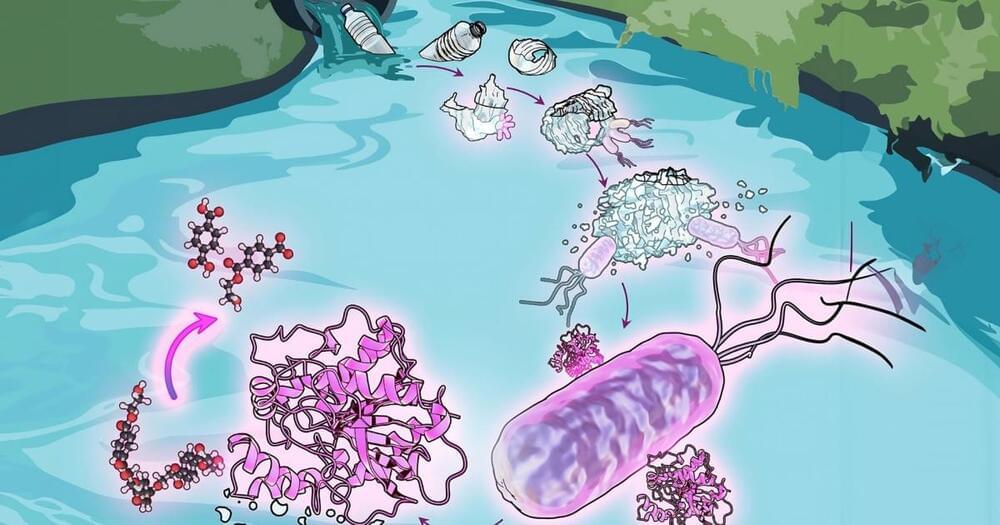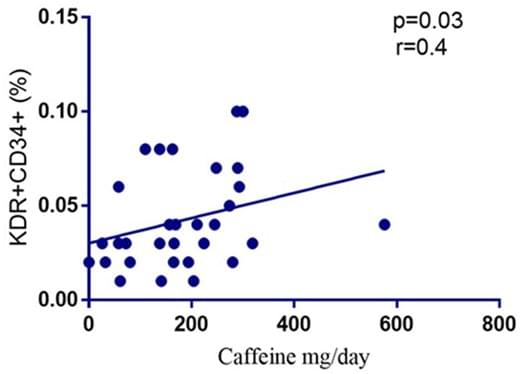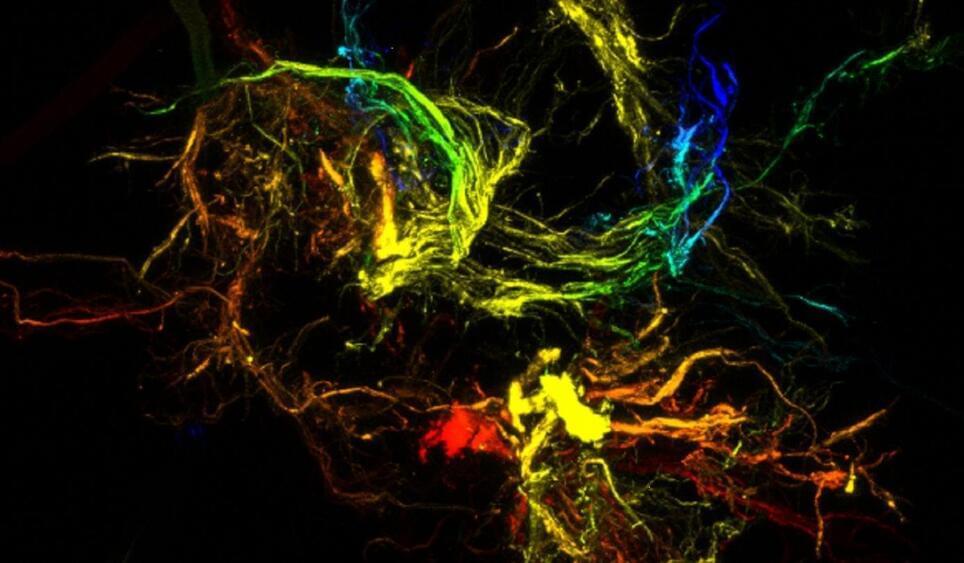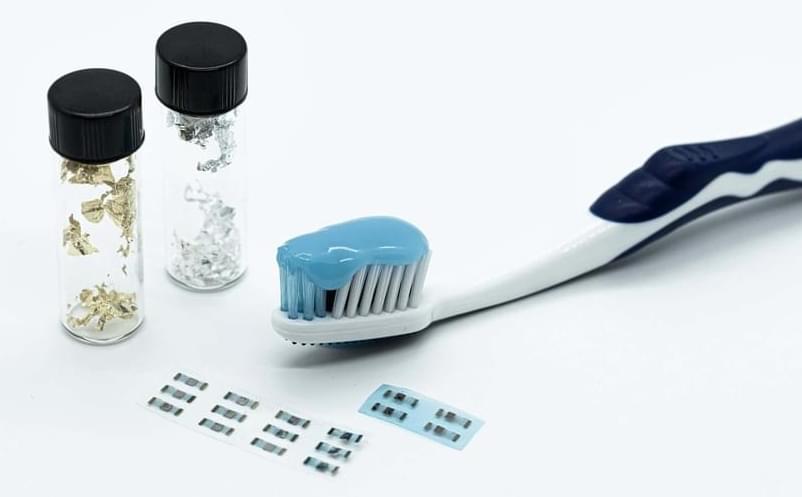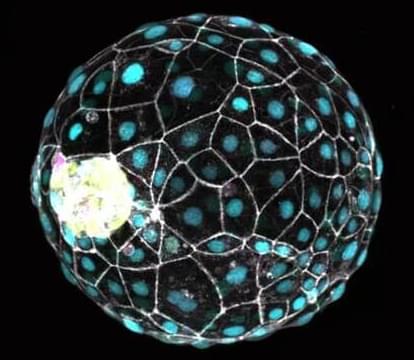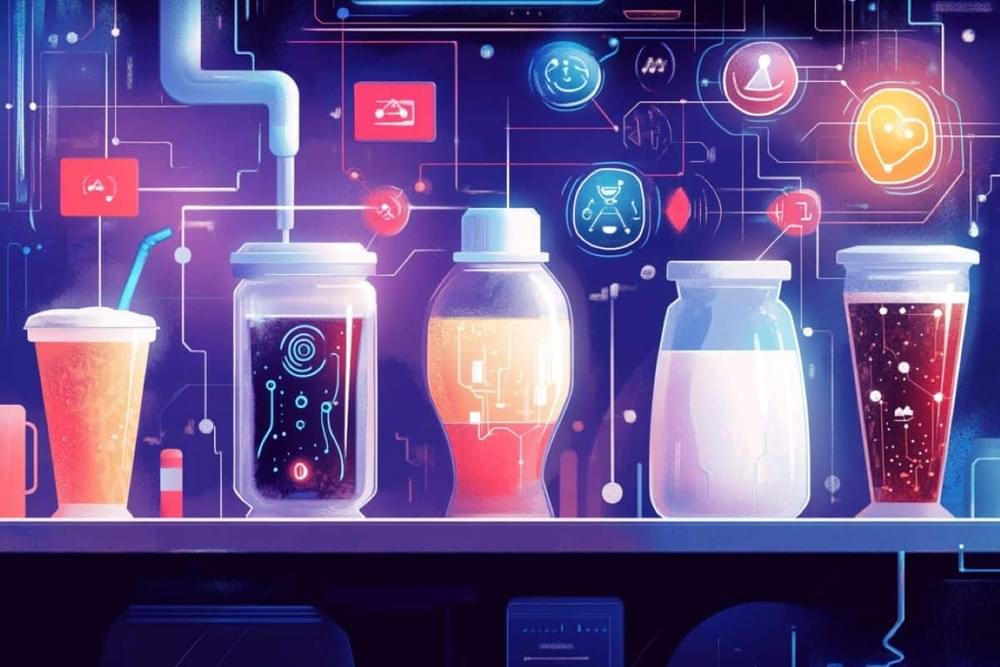Researchers have long observed that a common family of environmental bacteria, Comamonadacae, grow on plastics littered throughout urban rivers and wastewater systems.
Finding could lead to bioengineering solutions to clean up plastic waste.
A new study finds that a common bacterium can break down plastic for food, opening new possibilities for bacteria-based engineering solutions to help clean up plastic waste. Illustration credit Ludmilla Aristilde/Northwestern University.
